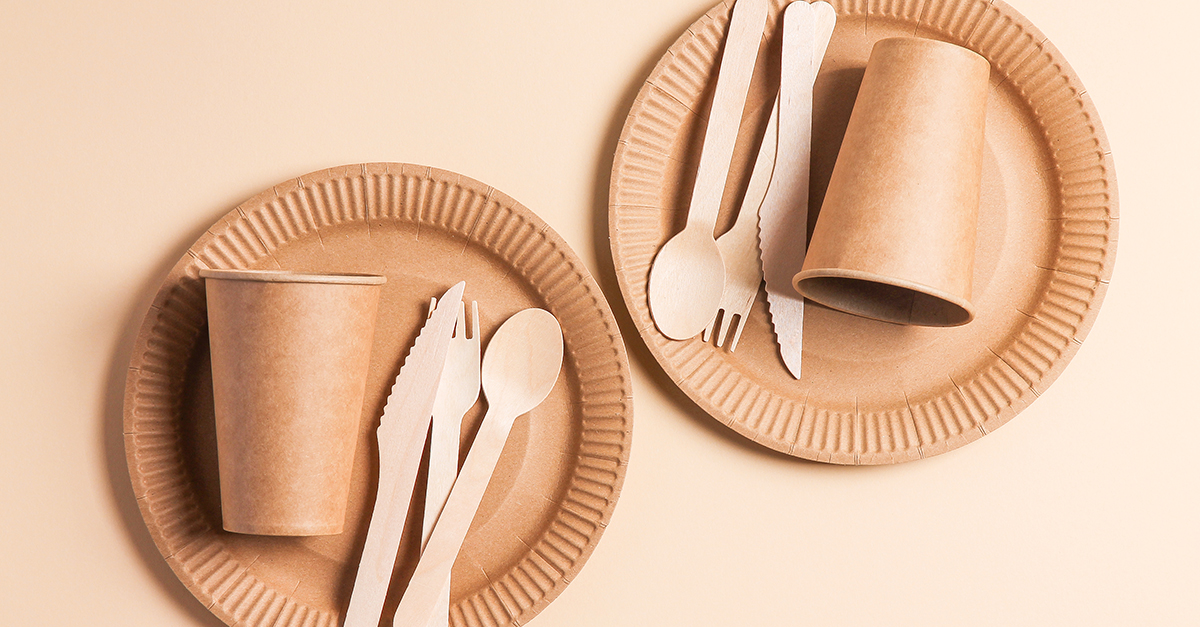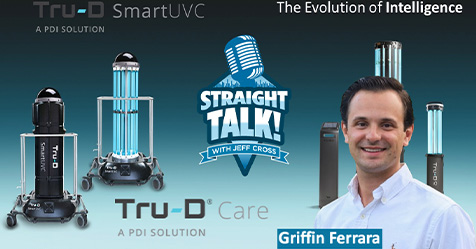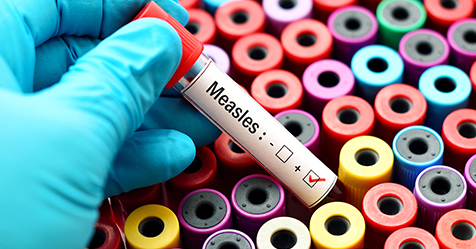Among their many responsibilities, facility managers and building service contractors (BSCs) often select the consumables and disposables used throughout a facility. In the past, they based their selections solely on brand loyalty, price, and quality. Today, cleaning and maintenance professionals base more purchasing decisions on the impact such products will have on a facility’s sustainability goals.
This responsibility requires facility managers and BSCs to know which product features best support a facility’s environmental standards. The following four questions will help guide them in
making the best product selections.
1. What are the facility’s sustainability goals?
Facility managers and BSCs must have a clear understanding of the sustainability goals they can help a facility achieve through their purchases. In addition, they should be aware of potentially
competing goals, have a clear line of sight into what strategies they can successfully monitor and manage, and recognize the positive impacts of their thoughtful product decision-making.
Different products have different sustainability features, which means some are more likely to support the conservation of natural resources, some support waste reduction, and others help eliminate the use of plastic. Additionally, a product might be recyclable after use, but produced in a way that uses more resources. Familiarity with sustainability goals can help facility managers and BSCs best manage such nuances.
2. What is the product made from?
Plastic, polystyrene, bioplastics, polylactic acid, bamboo, virgin content, recycled content: The list of materials used to make consumables and disposables is long. Not surprisingly, one material
will offer different sustainability benefits from another.
When purchasing disposables like hot cups or paper products such as napkins, paper towels, and toilet tissue, determine if the items incorporate recycled content. If meeting the U.S. Environmental Protection Agency (EPA) procurement guidelines are important to the facility, note the amount of recycled content and whether it exceeds EPA post-consumer waste minimums.
Post-consumer waste includes books, magazines, newspapers, cardboard, junk mail, and corrugated containers. These items are diverted from the landfill and recycled to make new items.
Alternatively, when purchasing paper products made from virgin paper versus recycled content, establish if the products were responsibly sourced and certified by the Forest Stewardship Council
(FSC) or the Sustainable Forestry Initiative (SFI). These certifications mean the fiber comes from managed forests, which means they remain forests.
When purchasing disposable cutlery, consider products made of bamboo—a renewable and fast-growing resource—as an alternative to traditional plastic. Commercial composting operations
typically accept bamboo as a compostable.
3. What happens to the product after it’s used?
Determining a product’s sustainability involves looking at its entire lifespan, from its use to its disposal. You must consider what becomes of the product once it is no longer needed. Is its final
destination the landfill, or can it be composted or recycled instead? Compostable products—which can include disposable cutlery, plates, bowls, food wraps, and food containers—break down and disintegrate over time. However, the ability to compost bioplastics and food containers generally requires access to a commercial composting facility. While access to these facilities is increasing, they are not available in all communities.
When we think of recyclable products, the items that usually come to mind include plastic and glass bottles, office paper, and aluminum cans. However, manufacturers have been innovating to
create additional recyclable items, such as cups and dishware.
Similar to compostable food service products, recyclable food service disposables must be recycled in a facility that accepts paper products containing food residue. These facilities exist in limited areas.
4. How was the product designed and made?
Innovations in product and packaging design enable significant sustainability benefits above and beyond what a product is made from or how it will be disposed of, particularly in the areas of
product usage and waste reduction.
For example, coreless toilet paper is designed without a cardboard core. This design aspect eliminates core waste going into a landfill and significantly reduces stub roll waste. Automated
paper towel dispensing systems control the amount of paper that people can dispense, and dual-roll dispensers require complete usage of the first roll before making the second roll available,
both providing other options for paper waste reduction. And cutlery dispensers with one-at-a- time dispensing can help reduce cutlery usage compared to open bins.
Consider, too, the design of insulated single-wall paper cups, which eliminates the need for double-cupping or using sleeves when holding hot beverages. The smaller the amount of material
used, the less truck space needed to transport the cups, which means fewer trucks on the road and fewer emissions.
Analyze the answers
With so many consumable and disposable products available, a facility’s decision makers can become overwhelmed by all the factors to consider. By asking the right questions, they will be well equipped to begin making purchases that help them best meet a facility’s sustainability goals.



